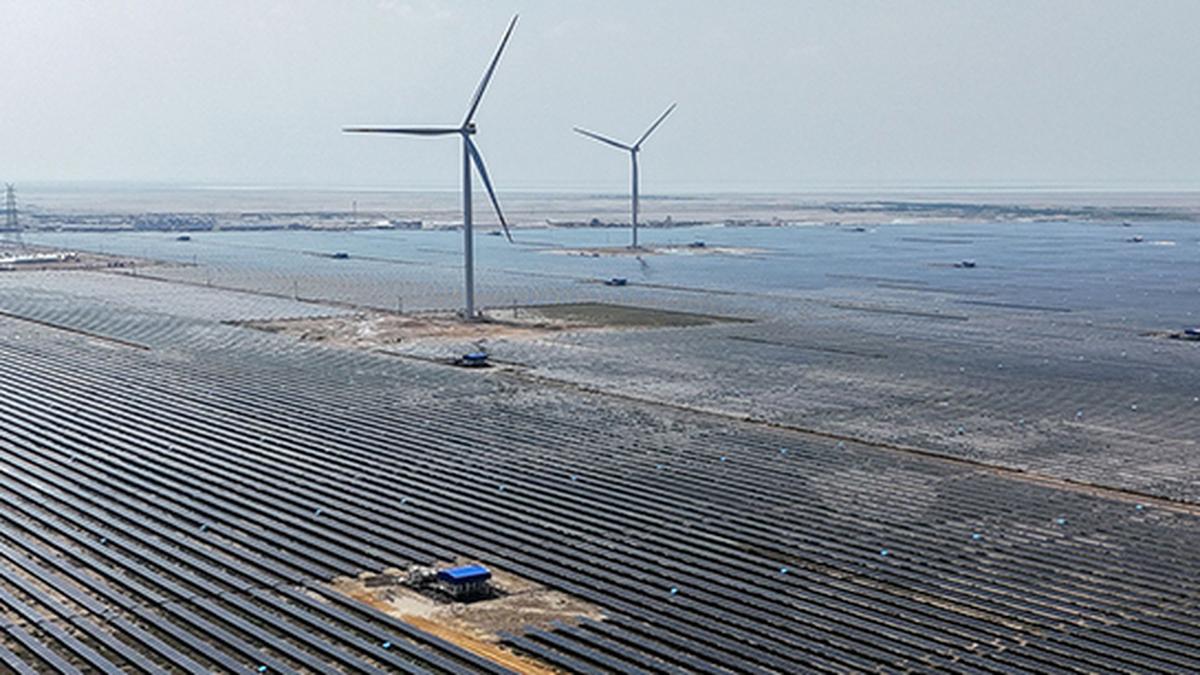
Image for representation
| Photo Credit: Getty Images/iStock
The story so far: The Sample Registration System (SRS) Statistical Report of 2021, released by the Office of the Registrar General of India recently, showed that India has maintained its Total Fertility Rate (TFR) at 2.0 — the same as reported in 2020. While the national average for TFR has remained the same, there is a wide regional variation in TFR data for States and Union Territories (UTs) reported independently.
Which State saw highest TFR?
The highest TFR was recorded in Bihar at 3.0 and the lowest was reported for West Bengal and Delhi at 1.4. The data went on to reveal that in the decade between 2009-11 and 2019-21, TFR has been on an overall decline, in States, and nationally, albeit at different rates.
What does TFR measure?
The SRS report calculates TFR to measure the number of children each woman in India is expected to have throughout her reproductive age, which the survey defines between 15 and 49 years. According to the report, this value is derived from other indicators for fertility — more specifically age-specific fertility rates put together through a formula. Age-specific fertility rates measure the number of children women of a particular age range are expected to have.

This data is gathered as part of the SRS survey, which is the largest demographic survey conducted by India to measure various fertility and mortality indicators annually. The SRS 2021 survey was conducted across 8,842 sample units in all the States and UTs, and compiles data gathered from a sample size of about 84 lakh people.
What do fertility indicators record?
Within fertility indicators, the SRS report broadly measures the Crude Birth Rate (CBR), Sex Ratio at Birth, General Fertility Rate, Age-Specific Fertility Rate, and Total Fertility Rate, among other indicators. Crude Birth Rate measures number of live births per 1,000 people in the population, and General Fertility Rate measures live births per 1,000 women of reproductive age (15-49 years). The surveys also measure another indicator — Gross Reproduction Rate, which reflects the number of daughters a woman is expected to have, and who will, in turn, bear children. The report further notes that the TFR of India at 2.0 has come down below the replacement level of 2.1. The replacement level TFR is measured as the number of children each woman should have for each generation to replace the previous generation’s population. According to the TFR data for 2021, just six States had TFR above the replacement level of 2.1. These were Bihar (3.0), Madhya Pradesh (2.6), Jharkhand (2.3), Uttar Pradesh (2.7), Chhattisgarh (2.2), and Rajasthan (2.4). All other States had reported a TFR at or below the replacement level.
According to the SRS report, India’s CBR is at 19.3 for 2021, which has declined at a rate of 1.12% every year from 2016 onwards. While all bigger States and UTs across the country are reporting a declining CBR, Uttarakhand was the only outlier, reporting a slight increase in CBR from 2016. Among the States and UTs, the rate of decline in CBR is highest for Kerala, Tamil Nadu, and Delhi, where the CBR is declining at almost twice the rate of the national average.
How do experts read fertility data?
Based on a reading of the numbers, Professor Praveen K. Pathak of Jawaharlal Nehru University’s Centre for the Study of Regional Development, explains, “It clearly tells us TFR has come down below replacement levels and there are remarkable differences in data of States.” He says there is a “clear indication” that in southern States and some States in the north, which are doing socio-economically well, the TFR is “far below” the replacement level, whereas States like Bihar, U.P., and M.P. are reporting much higher TFRs. “The reason being that some of these States still need human development policies, greater female education, and improving healthcare policy action. There are about six to seven States, bigger ones, where these issues persist,” he said.
But moving on to the States where TFR has come down below the replacement level, Prof. Pathak cautioned that they might have their own set of challenges. He cited Sikkim, for instance, where the TFR is below 1, which is equivalent to South Korea’s. “It is a reality that in many parts, people simply do not want kids. It may be because of changing family structure, opportunity cost for parents, and increasing stresses associated with caregiving.” While the States with higher TFR need to tailor policies on human development that can bring them closer to the replacement level, the States reporting lower TFR have a “different set of challenges altogether”, Prof. Pathak explained.
Published – May 18, 2025 02:30 am IST



Leave a Comment